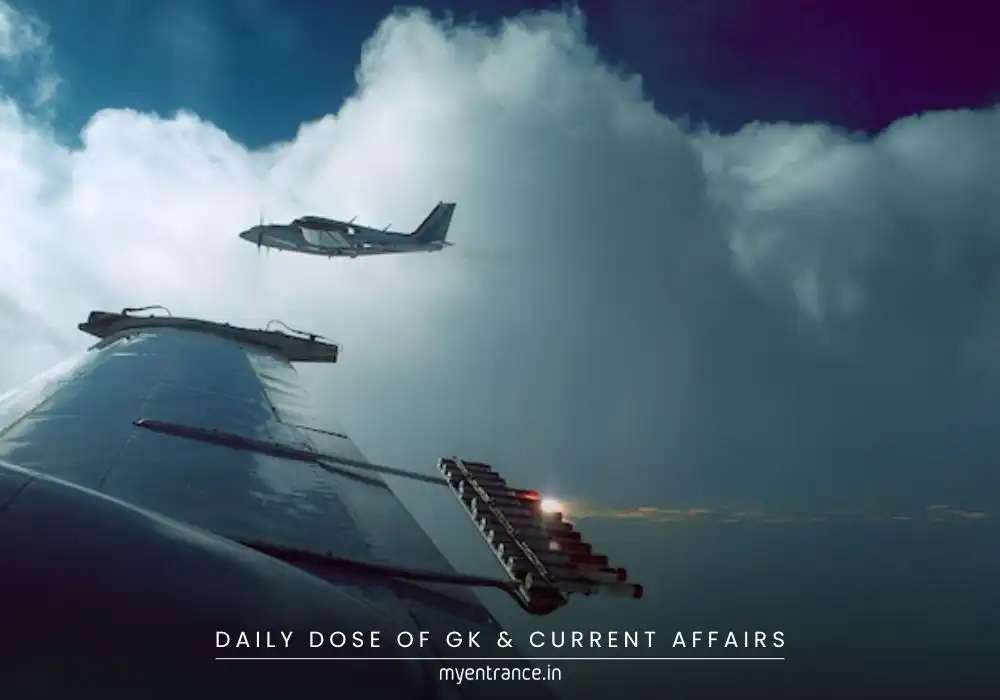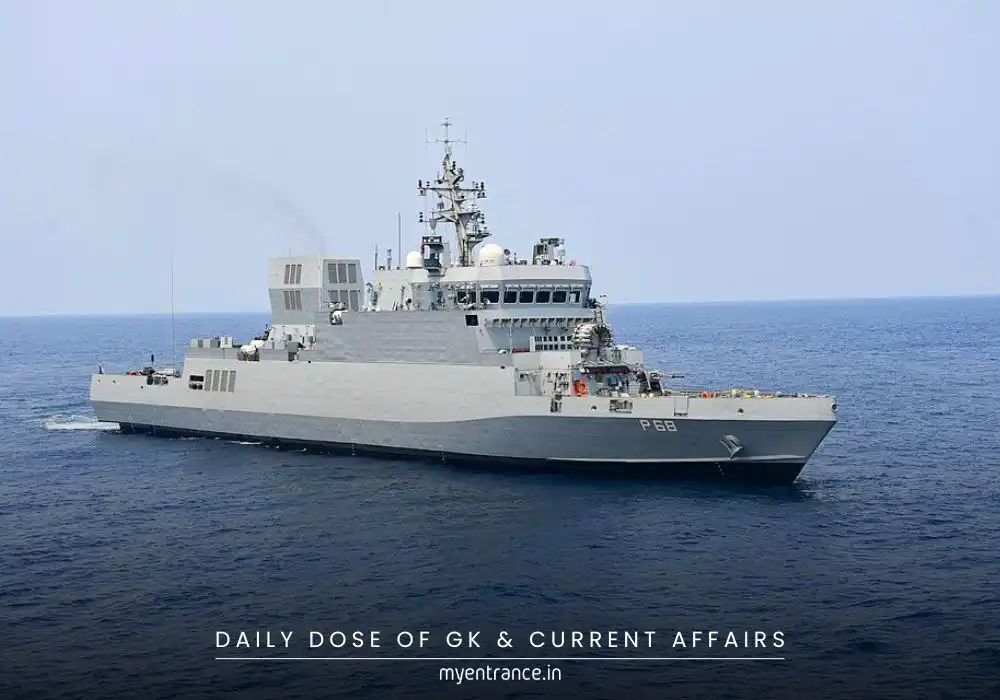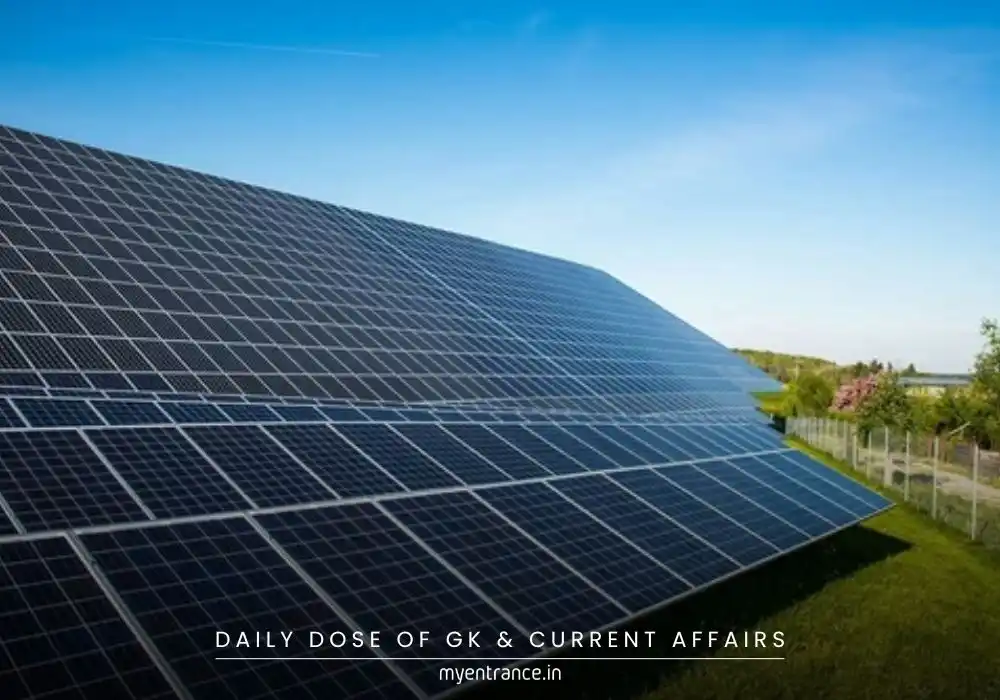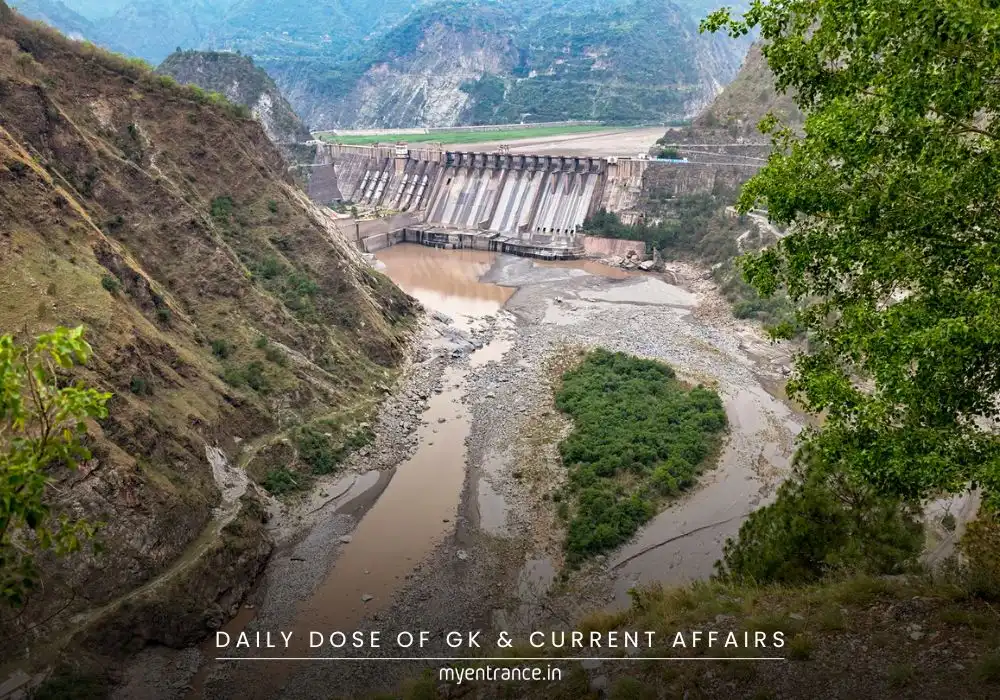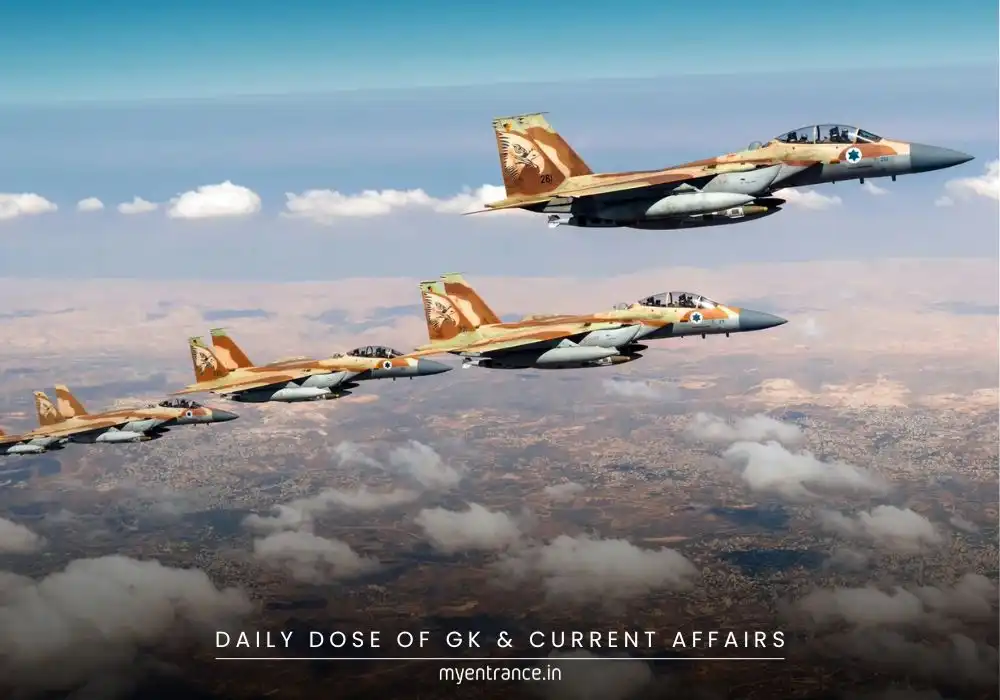Translate Language
Why Did Shubhanshu Shukla Splash Down in the Sea While Rakesh Sharma Landed on Land?
When astronauts return from space, their landing method—whether in water or on land—is carefully chosen based on safety, spacecraft design, and mission requirements. While SpaceX’s recent missions favor splashdowns, Russia and China prefer ground landings. But what factors determine this critical decision?
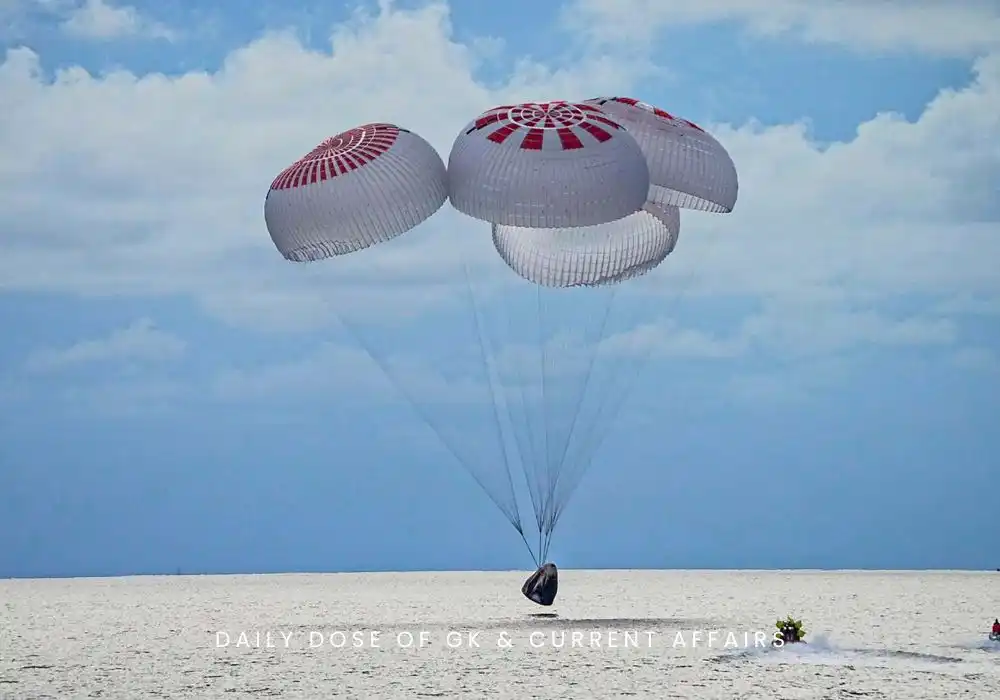
Splashdown vs. Ground Landing: Key Differences
1. Safety and Debris Management
Water landings (like SpaceX’s Dragon capsule) minimize risks from falling debris, as discarded spacecraft parts fall into the ocean rather than populated areas.
Land landings (like Russia’s Soyuz) require controlled zones to prevent debris from causing damage.
2. Comfort and Impact
Splashdowns offer a gentler landing due to water’s cushioning effect.
Ground landings can be rougher, especially for astronauts weakened by microgravity.
3. Logistical Considerations
Sea recoveries need naval support, making them costlier but safer for debris dispersal.
Land recoveries (like in Kazakhstan or Inner Mongolia) rely on vast, uninhabited terrains.
4. Historical Preferences
The US (NASA & SpaceX) favors splashdowns for safety.
Russia (Soyuz) and China (Shenzhou) use landings due to their expansive flatlands.
5. Mission-Specific Factors
Rakesh Sharma (1984) landed in Kazakhstan via Soyuz, a standard for Russian missions.
Shubhanshu Shukla (2024) splashed down with SpaceX, aligning with modern safety protocols.
Sample Questions & Answers for Competitive Exams
1. Why do some space missions prefer splashdowns over land landings?
Ans: Splashdowns reduce risks from falling debris and offer a softer landing.
2. Which countries primarily use ground landings for their space missions?
Ans: Russia (Soyuz) and China (Shenzhou) prefer ground landings.
3. What was Rakesh Sharma’s landing method in 1984?
Ans: He landed on solid ground in Kazakhstan via the Soyuz T-10 capsule.
4. Why does SpaceX choose water landings?
Ans: To minimize debris hazards and ensure a safer recovery process.
5. What are the challenges of land landings?
Ans: Harsher impact, unpredictable debris, and dependency on remote landing zones.
Why Is This Important for Competitive Exams?
Understanding space mission logistics is crucial for exams like UPSC, SSC, PSC, and NDA, where questions on space technology, ISRO, and astronaut missions are common. Knowing the differences between landing methods helps in:
Science & Technology sections (space missions, re-entry mechanics).
Current affairs (recent SpaceX, Boeing, or ISRO missions).
Defense exams (astronaut training, international space collaborations).
By grasping these concepts, aspirants can tackle both objective and descriptive questions with confidence.
Final Thoughts
Whether an astronaut splashes down or lands on solid ground depends on mission priorities, safety, and available infrastructure. While SpaceX leans toward ocean landings, Russia and China stick to terrestrial touchbacks—each method with its own advantages. For competitive exam aspirants, this knowledge bridges space technology and real-world applications, making it a must-study topic.
Get 3 Months Free Access for SSC, PSC, NIFT & NID
Boost your exam prep!
Use offer code WELCOME28 to get 3 months free subscription. Start preparing today!


